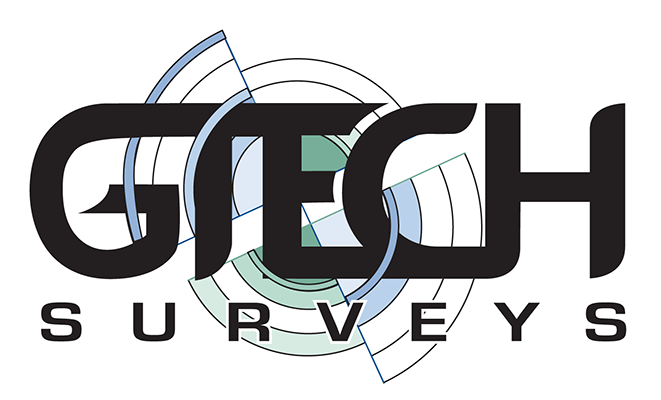
The Environmental Impact Assessment (EIA) process serves as a structured method for assessing the possible environmental consequences of a proposed project. Typically, the EIA process encompasses the following stages:
Screening: At this initial stage, the necessity of an EIA for the proposed project is determined based on its type and the potential environmental effects.
Scoping: This phase focuses on pinpointing significant environmental concerns that must be addressed in the EIA, defining the study’s boundaries, and outlining the required information to be collected.
Impact analysis: During this stage, data is gathered and examined regarding the potential environmental repercussions of the project, which includes both direct and indirect effects on air, water, soil, biodiversity, and human health.
Mitigation and impact management: This phase entails identifying and assessing strategies to reduce or manage the project’s potential environmental effects.
Consultation and public participation: This step involves engaging with stakeholders and the community to collect their input on the proposed project and the EIA, ensuring that their viewpoints are considered.
Reporting and decision-making: At this stage, a comprehensive report is developed to summarize the findings of the EIA and outline the recommended mitigation and management strategies. This document is then evaluated by pertinent authorities, who utilize it to decide on the project’s approval or rejection.
Monitoring and follow-up: In this concluding phase, the project undergoes monitoring during and after construction to verify compliance with the approved plans and to ensure effective management of the environmental impacts.
